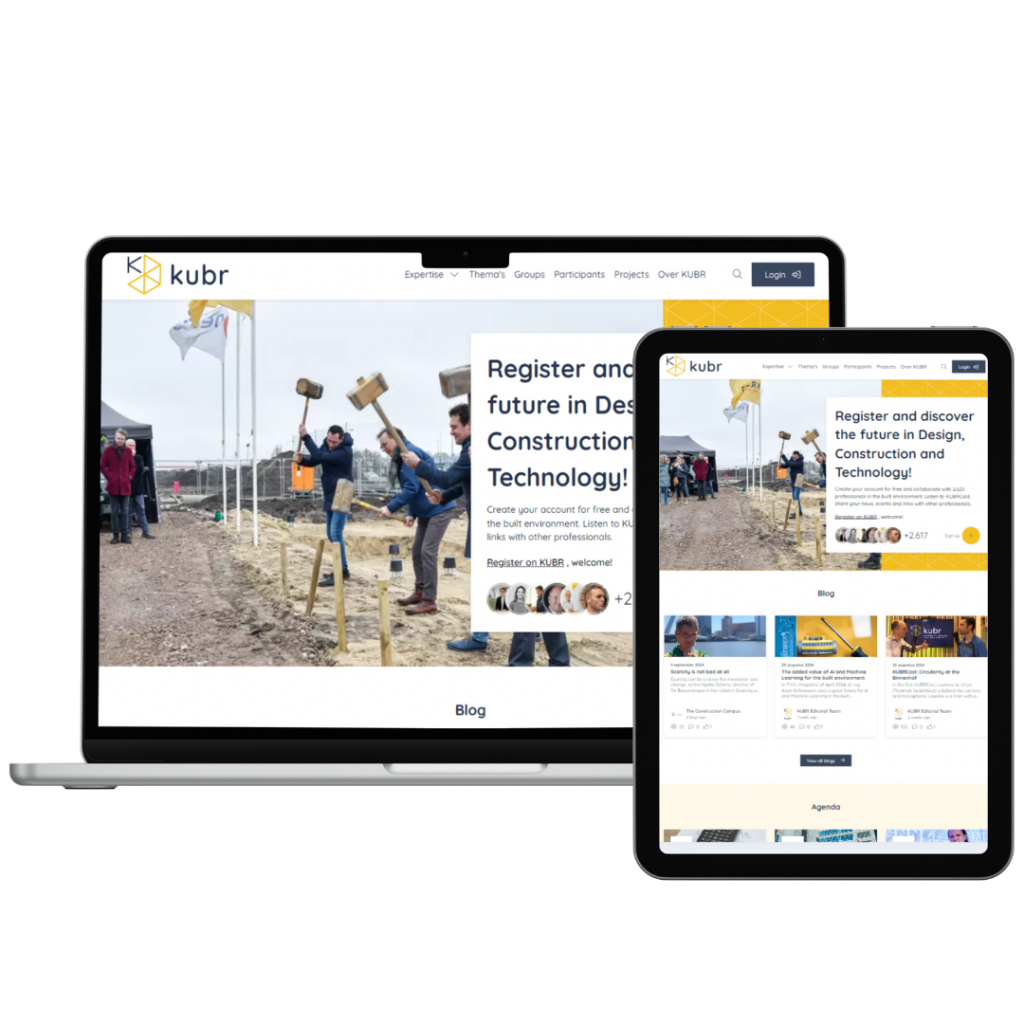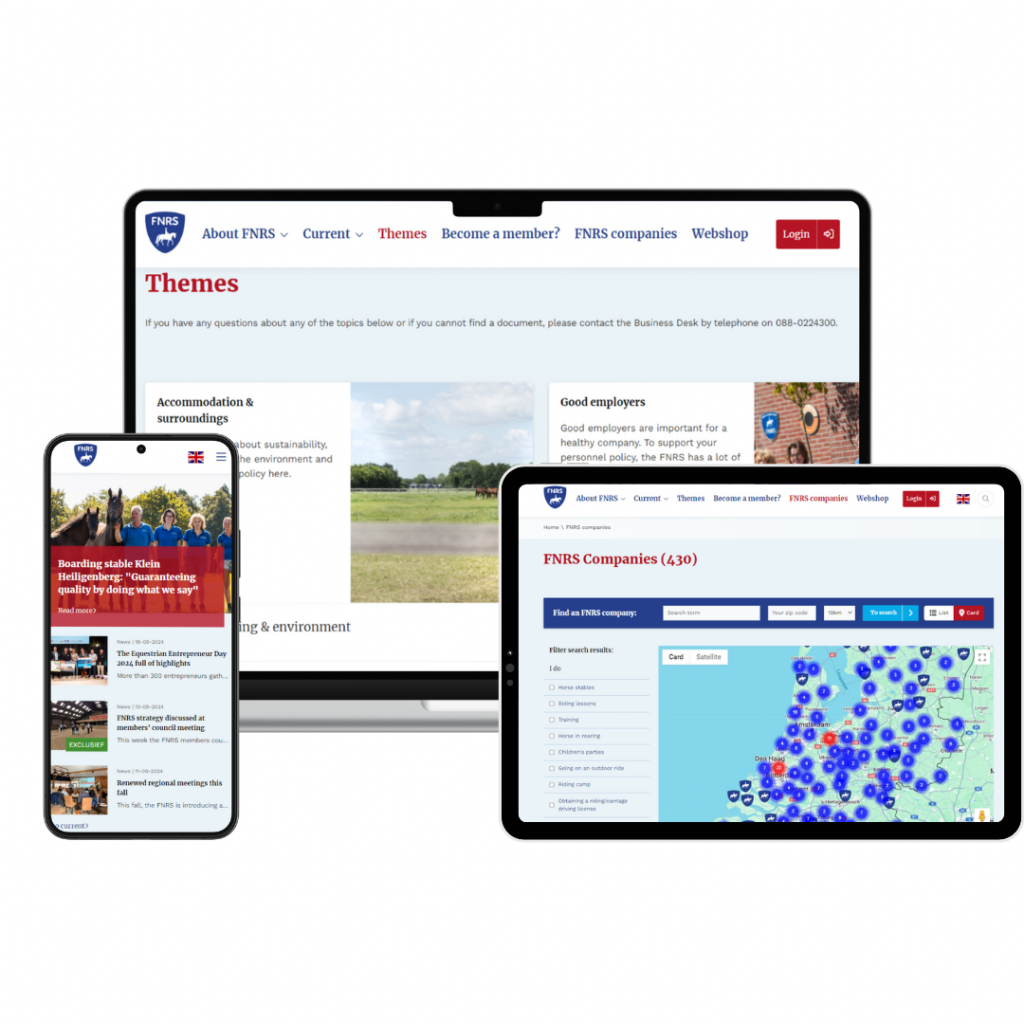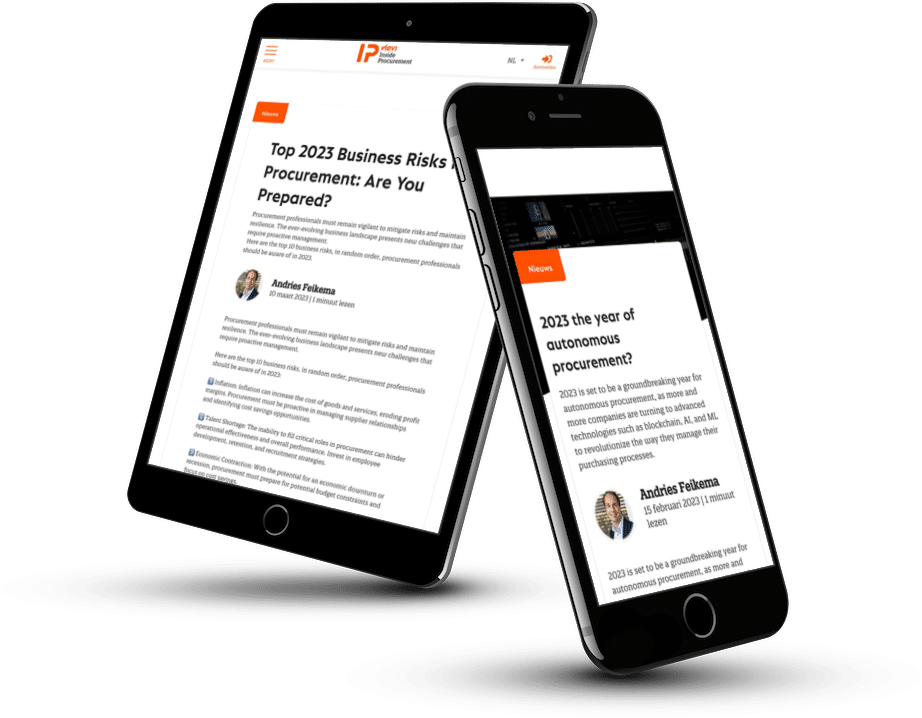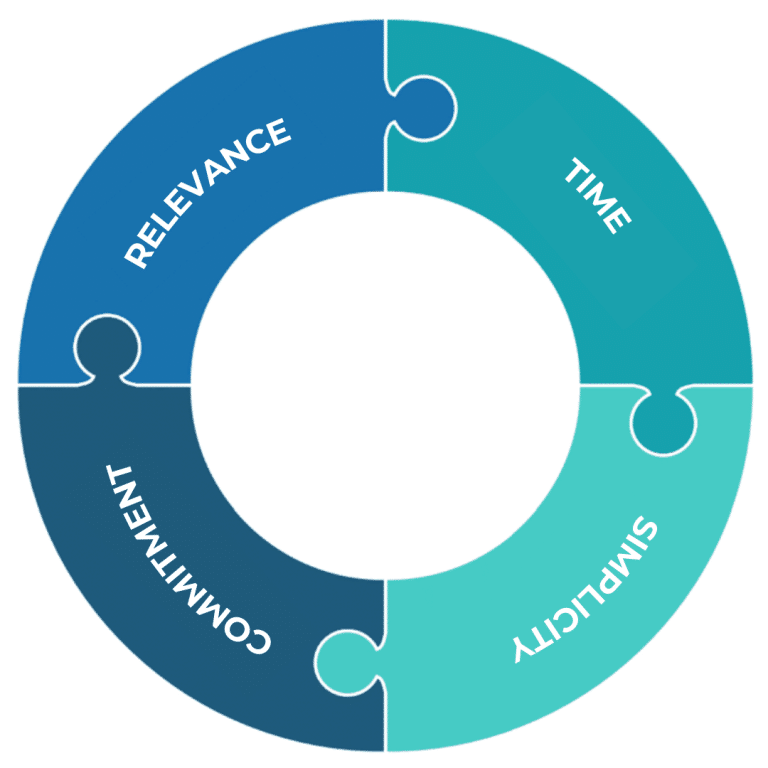Community building is your core business
How to proceed: more online meetings or back to real meetings? Choose the best of both worlds with a community approach, crucial in a time of disruption.
By: Mathijs Vleeming
Community building is in the DNA of associations. Every association was created from a shared interest, passion, purpose or mission. Some associations cherish this community dimension, while other associations have lost the sense of community building as the driving force behind their central philosophy and core business activities over time.
Associations in the latter group sink into one-way communication with their members. As a result, members become passive consumers of information, and outside of the annual conference, the community consists only of an e-mail list with little to no interaction among members. This leads to uninvolved members, who after a while look for more challenging opportunities.
Community building as a core business
Embracing a community approach is crucial in times of disruption to build a closer relationship with your members, stay relevant, and increase your association’s impact. Associations – even international umbrellas – have a right to exist outside of the (mega) conference they host annually. But we also learned during the pandemic that the relevance of associations can be threatened without in-person events.
But besides corona, there are more reasons not to go back exclusively to large (international) congresses and events for engaging and connecting members. Consider the climate, lowering barriers to participation, the need for people to interact beyond those three fantastic days per year, the expectations of new generations of members, and so on. And yes, you can’t have a beer or matcha with each other online, but as a primary communication platform, the traditional, global annual conference has had its day.

Beyond face to face meetings
During the pandemic, many associations have started organizing meetings online at lightning speed. With all the benefits: more participants, lower barriers, members were getting used to it, you can measure exactly what members are doing, lower costs and lots of engagement. But why focus on only live online meetings? Try to think more from the online world. There, different rules of time and place apply and continuous interaction is possible, and besides synchronous interaction (like live events) also asynchronous interaction.
The challenge is to translate the important functions of associations, such as creating a (global) pool of talent and knowledge and their driving force in society, to the online world and approach the way you build communities from a new perspective. How can you maintain and facilitate deep, ongoing connection and interaction between members and within the association’s field of work, so that you can actually generate and stimulate new solutions and new ways of thinking together? How can you offer a valuable “membership in your pocket” with anytime, anywhere access to verified content and a respected network?
Try to think more from the online world
Community power
From my background at ICCA, I am used to working with international associations in which enormous energy, attention and resources go into the annual conference. But what if you think that away? How can you then connect people from your field, connect with stakeholders and connect with the association? Online you have all year, 24/7 and not those three days. Associations are pre-existing communities; the trick is to cultivate that community online. To do that, you use your existing unique qualities: your culture, your sense of belonging, your built-up trust, and profiling yourself as thé place to find and share knowledge and new solutions in your field.

Responding to trends
There are a few trends that are currently giving associations the wind to start their own communities. The great enthusiasm for the social media tech giants’ free tools has subsided. As users, we don’t quite get what we want from them, unsolicited ads and fake news distract us from the communication we seek. We are beginning to question just giving away all our data. For associations, it is difficult to work safely with these tools. You can’t integrate them, you can’t customize them, and you have no direction over them. In short, you don’t want to leave your communication with members and between members to a third-party platform, which makes its own decisions at any time.
Digital campfires
An expert like Sara Wilson signals in Harvard Business Review suggests that young people in particular are reluctant to use commercial social media. They seek digital spaces that are more private, more private and more interactive. She calls them digital campfires. She sees three types: campfires for exchanging private messages, as microcommunities, and to share a particular experience. And sometimes combinations of these. By the way, young people seek and find them within existing social media, such as WhatsApp, Facebook, YouTube, Instagram, Discord. In this article, she provides tips for marketers to still reach campfire participants. This will undoubtedly lead to new campfire variants not yet discovered by marketers.
Good news for associations, because they can start these kinds of shielded digital campfires, keep them shielded and control who can participate, when, in what. Time to start your own online community platform in addition to all your activities on Facebook, Instagram or linkedIn.
The seven benefits of having your own community
- Unite your members online under your banner; create a safe and secure environment where you can instantly connect your members based on knowledge and expertise in the association’s field of work. You are already a community and become one online and offer “membership in your pocket”; anytime, anywhere.
- Increase member engagement. You are no longer just transmitting, but putting dialogue with and between members at the center of your communication. It is easily accessible and inclusive. You and other members can respond to member inquiries and continually provide connections, networking and engagement. Win the “fight for attention” and stay relevant by reducing distractions on your own network, and using the platform’s user data to personalize. Create continuous online interaction before, during and after events.
- You can increase collaboration between members and with members and add more value. Encourage and facilitate member initiatives and member collaboration. Make knowledge tangible, crowdsource ideas and input and work together to make it happen. Create added value with tools for online collaboration and content creation.
- Boost your digital transformation by integrating your community platform with your website, CRM, member portal, management systems to provide a central online place for your members.
- It can help increase member retention and acquisition because you can continuously solicit feedback from members to adjust your services and strengthen your online visibility as a leader of your industry, profession or association domain with the right marketing tools.
- With the platform you can facilitate new business models and, for example, apply e-learning or a certification program, give space to partners, sell products and services and strengthen registration and participation in events (indeed: offline events remain the most important community builder!).
- You effectively contribute to your mission and work to strengthen the community. You go back to your core business: building community. You use the digital world to grow a pool of ambassadors and volunteers, you appeal to the next generations and become less dependent on face-to-face events alone.
Slice the elephant
Community building is the core business of associations. And the way communities are built today has changed dramatically. It takes time to build that online. But now is the time to move forward with that. Build it step by step, “slice the elephant. Define smaller projects with their own (SMART) goals and adjust the strategy all the time. There are more and more online platforms and apps that allow you to do that easily. With community platform Yunits we have helped many professional associations to engage and connect their members year-round, like the trade association of the installation and engineering sector TVVL, the trade association for procurement, contract, and supply management Nevi, and the Federation of Dutch Equestrian Centers.

Young people in particular seek digital spaces that are more closed, more private and more interactive.
Nothing is holding you back. Face-to-face meetings remain the most important community builders, but online and hybrid events and online communities are “here to stay. Associations must keep up with this digital transformation to stay relevant, respond to the climate issue and appeal to new generations. In doing so, always think first in terms of long-term community strategy and not just in terms of events. After all, it is not just meetings of associations that change the world, it is associations as communities.
About the author
Mathijs Vleeming is a consultant associations and communication strategist at Yard | Digital Agency.
This article was previously published in VM Magazine – The Dutch Association (DNA) – September 2021.
Also read

How do you help your virtual community to grow?

Uniting as core task: from events to communities

